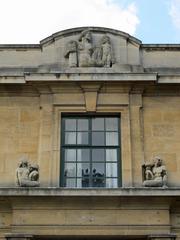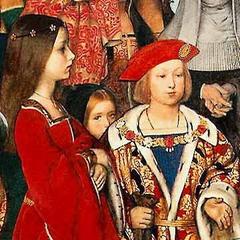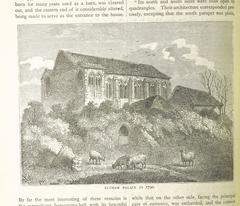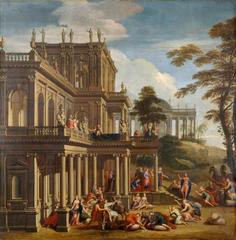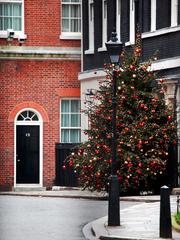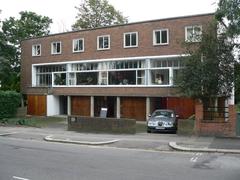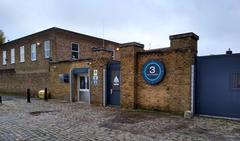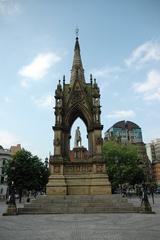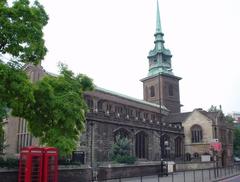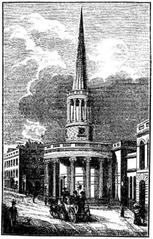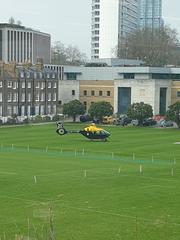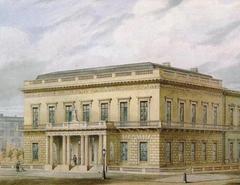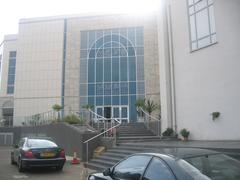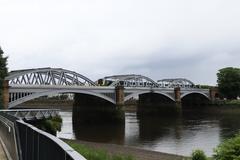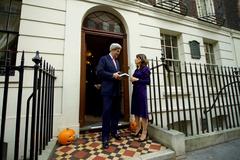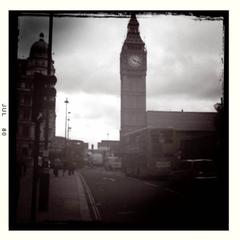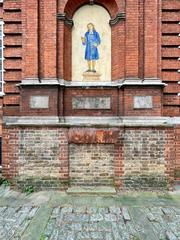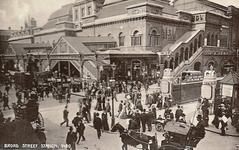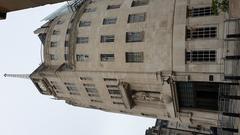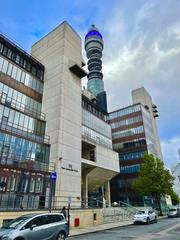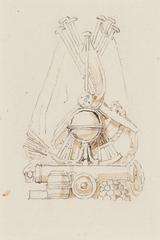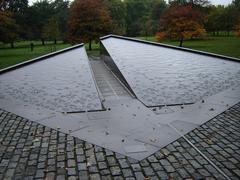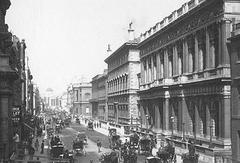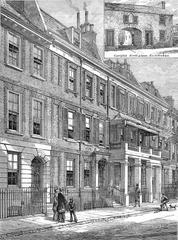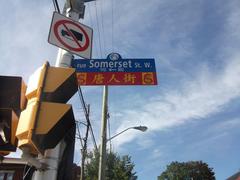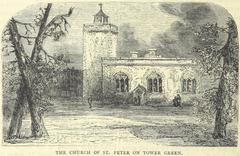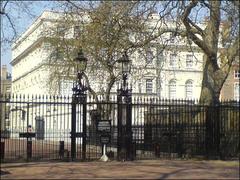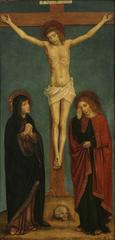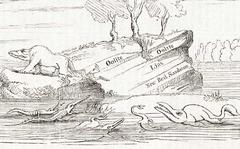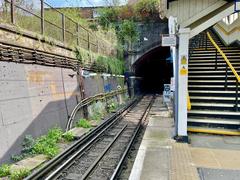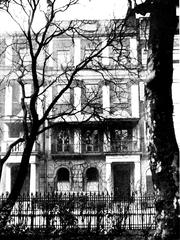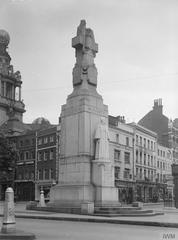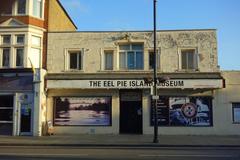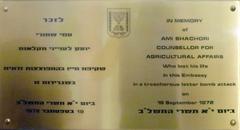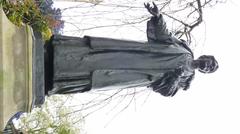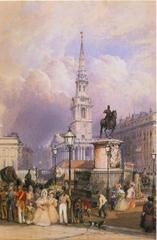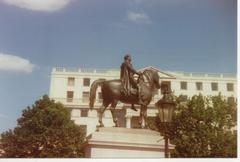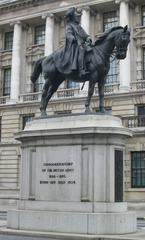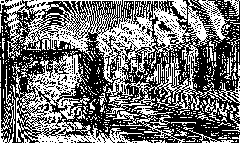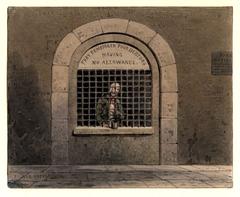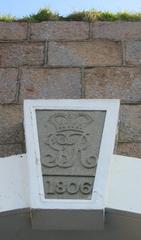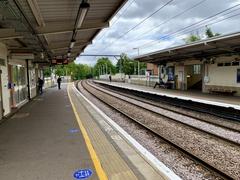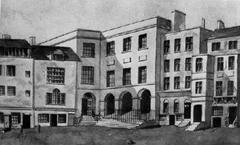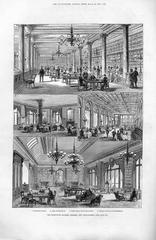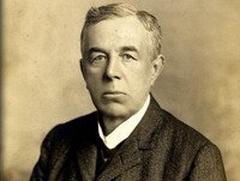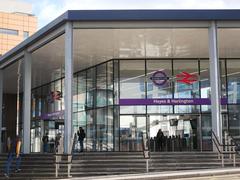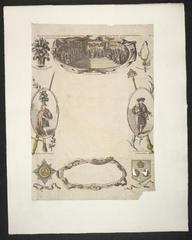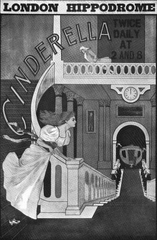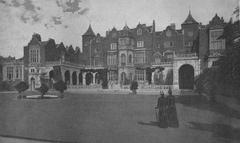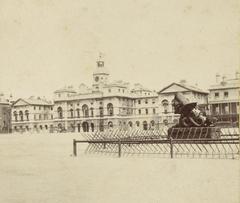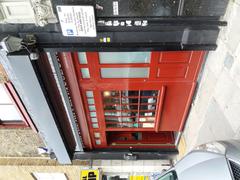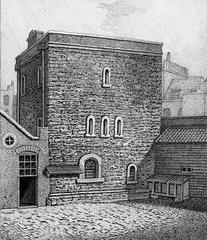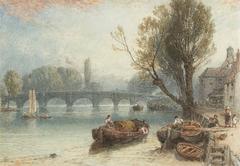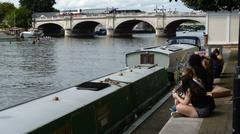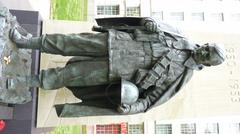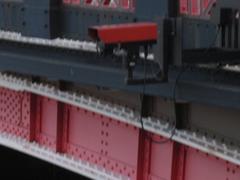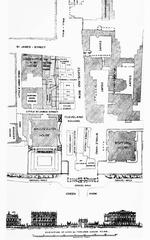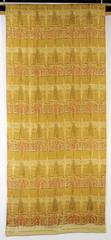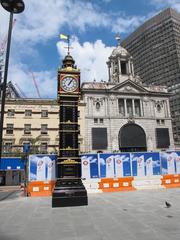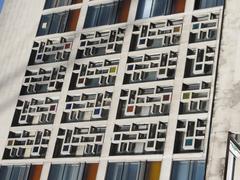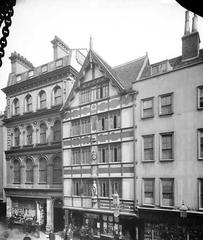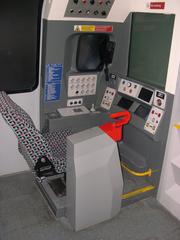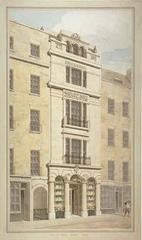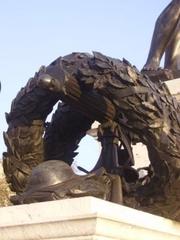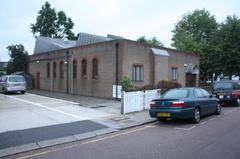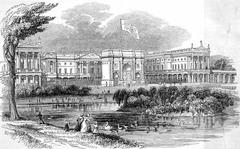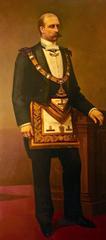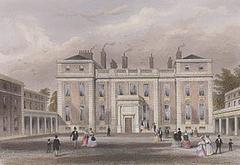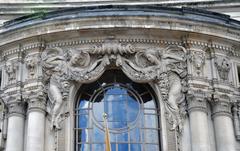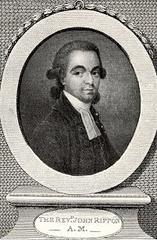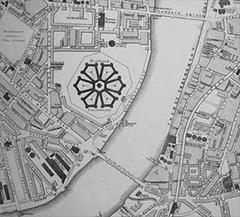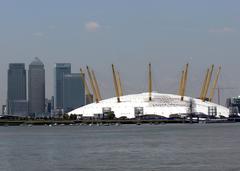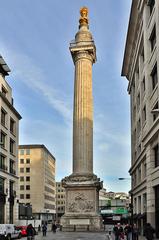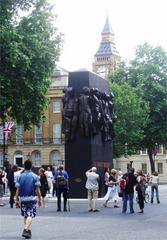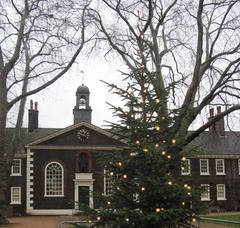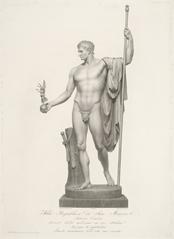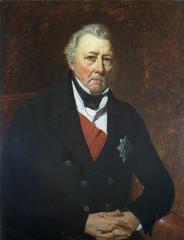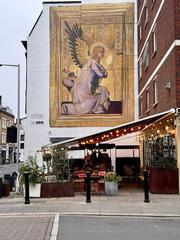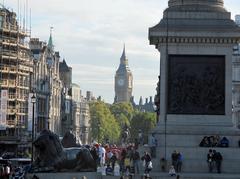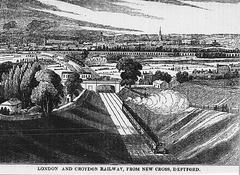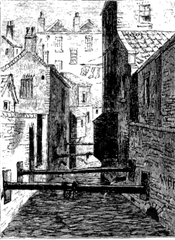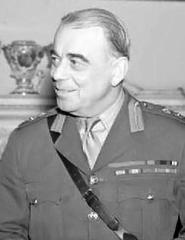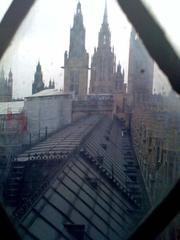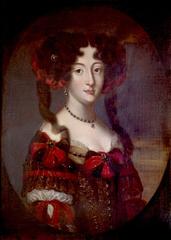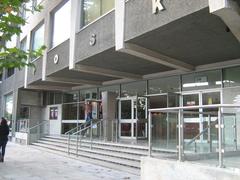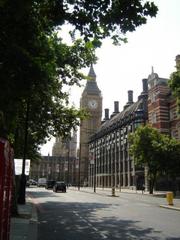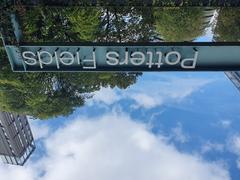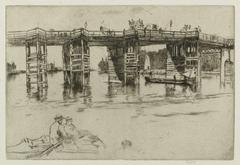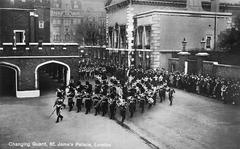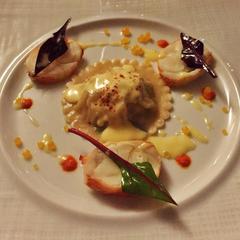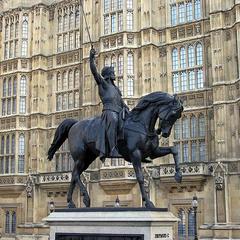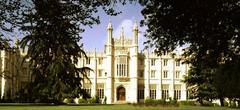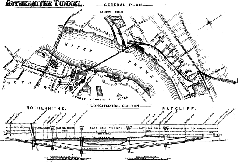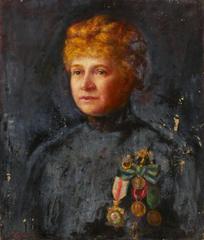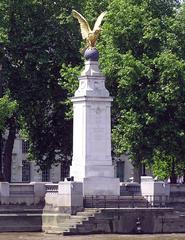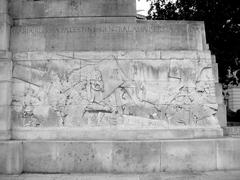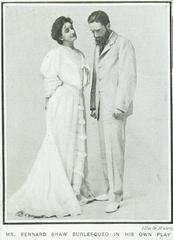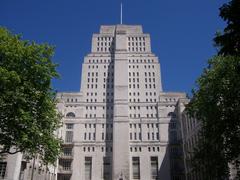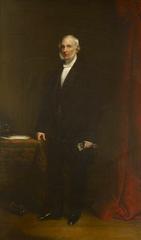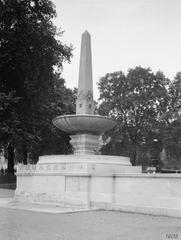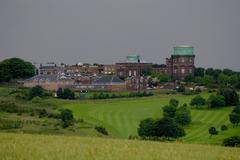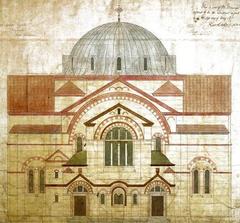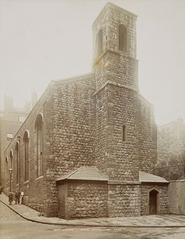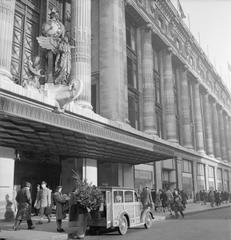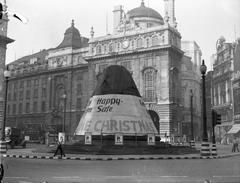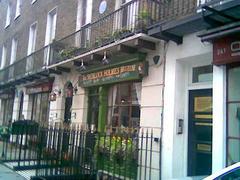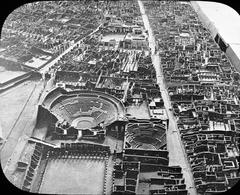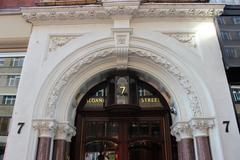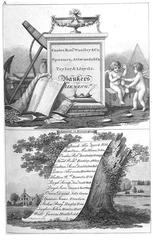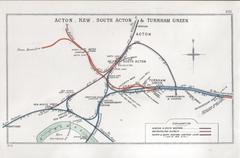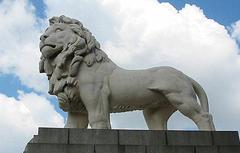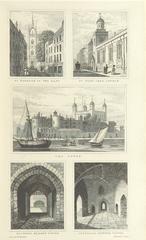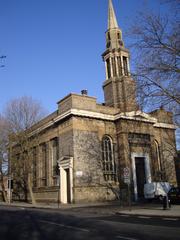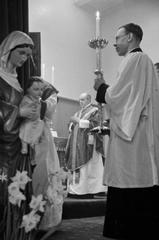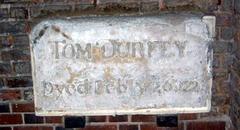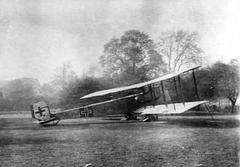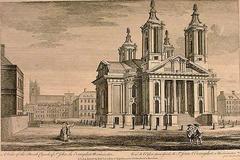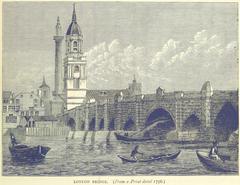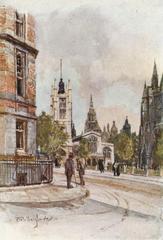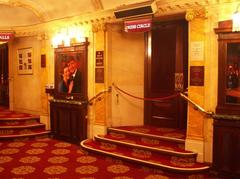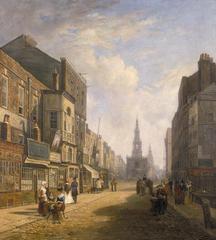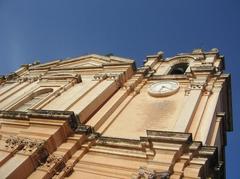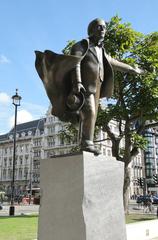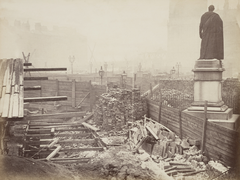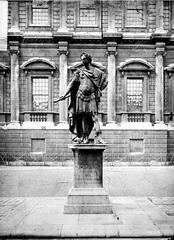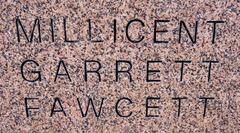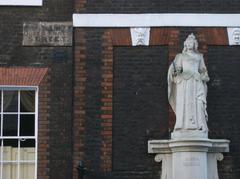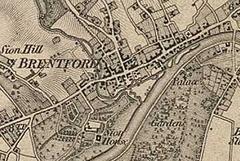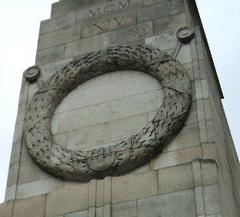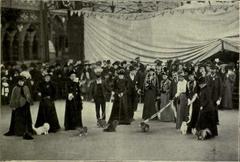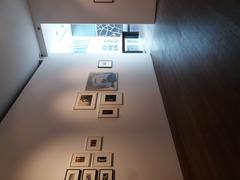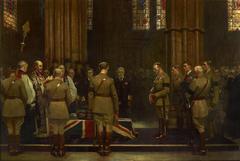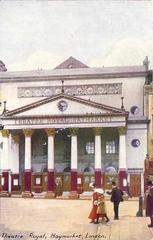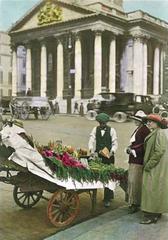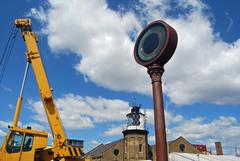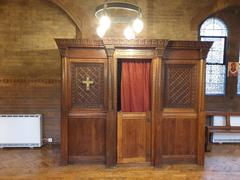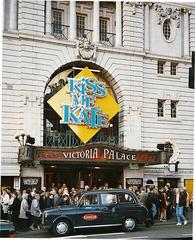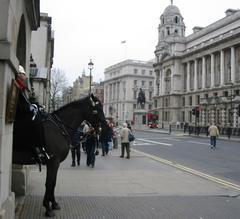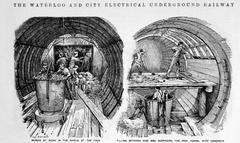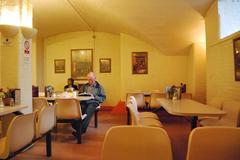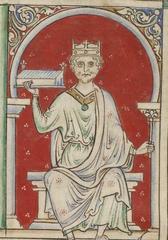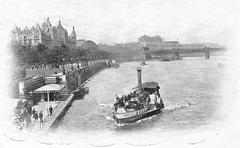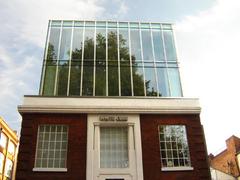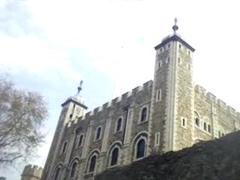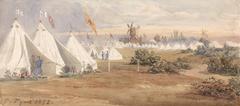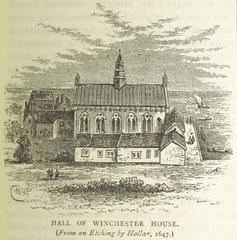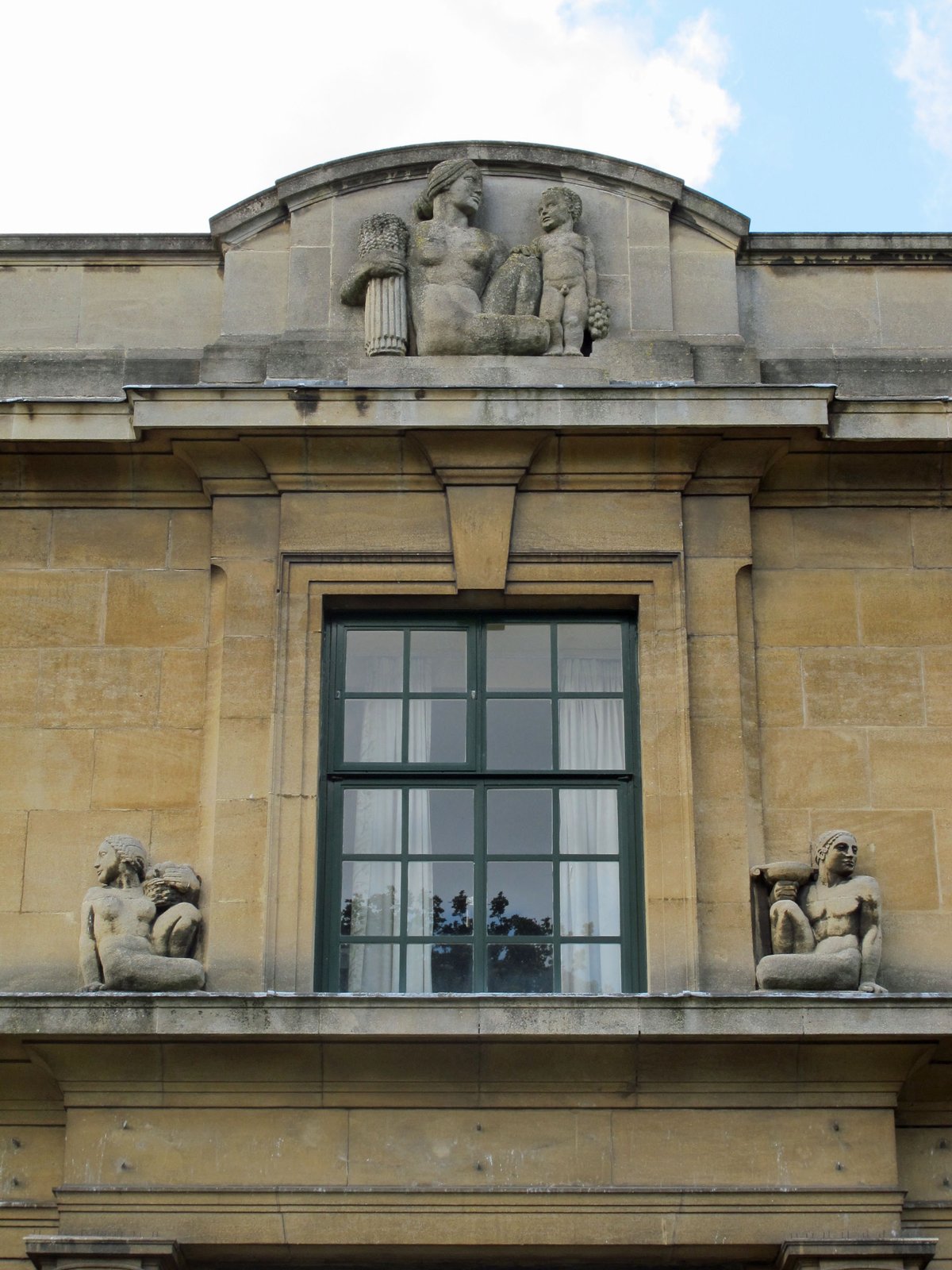
Comprehensive Guide to Eltham Palace
Date: 18/07/2024
Introduction
Eltham Palace, a unique historical site located in Southeast London, represents a fascinating blend of medieval grandeur and 20th-century Art Deco elegance. Once a royal residence and later transformed by the wealthy Courtauld family, Eltham Palace offers visitors a captivating journey through time. From its origins in the 14th century as a favored royal retreat to its remarkable renovation in the 1930s, the palace stands as a testament to the enduring power of history and the transformative potential of human creativity. The Great Hall, built by Edward IV, and the stunning Art Deco interiors designed for the Courtaulds, are just a few highlights that showcase the palace’s rich and varied past. Whether you’re a history enthusiast or an architecture lover, Eltham Palace provides a compelling glimpse into the opulent lifestyles of both medieval royalty and 20th-century elites (English Heritage).
Table of Contents
- Introduction
- A Royal Beginning
- Decline and Transformation
- The Courtauld Era
- Art Deco Elegance
- Gardens of Tranquility
- Visiting Hours and Tickets
- Travel Tips
- Nearby Attractions
- Accessibility
- Conclusion
- FAQ
- Call to Action
A Royal Beginning
Eltham Palace’s story begins in 1305 when Edward II gifted the manor of Eltham to his wife, Isabella of France. It quickly became a favored royal residence, hosting lavish feasts and hunting parties. Edward III spent much of his childhood at Eltham, and it was here that he held his first parliament in 1329. The palace flourished under the patronage of subsequent monarchs, including Richard II, who received his future wife, Anne of Bohemia, at Eltham in 1382.
The Great Hall, built by Edward IV in the 1470s, stands as a testament to Eltham’s grandeur during this period. This magnificent structure, with its impressive timber roof, was designed to impress and accommodate the vast gatherings of the royal court.
Decline and Transformation
The palace’s royal star began to wane in the 16th century as the Tudor monarchs favored other residences like Hampton Court Palace and Greenwich Palace. Eltham fell into disuse, and by the 17th century, it was primarily used as a hunting lodge. During the English Civil War, the palace suffered further damage, and its park was leased out. However, Eltham’s story took an unexpected turn in the 20th century.
The Courtauld Era
In 1933, Stephen and Virginia Courtauld, a wealthy couple with a passion for art and design, leased the dilapidated Eltham Palace and its overgrown grounds. They embarked on an ambitious restoration project, blending the remaining medieval architecture with cutting-edge 1930s design.
The Courtaulds commissioned renowned architects Seely and Paget to create a modern masterpiece within the palace walls. The result was a stunning juxtaposition of old and new, with the Great Hall standing as a grand reminder of the past alongside the sleek Art Deco interiors of the Courtaulds’ private residence.
Art Deco Elegance
The Courtaulds’ influence is most evident in the striking Art Deco additions to the palace. Their private apartments are a time capsule of 1930s glamour, featuring luxurious materials, geometric patterns, and innovative technology for the time.
Highlights include the entrance hall with its stunning gold leaf ceiling, the sophisticated dining room with its circular design, and the wood-paneled map room, reflecting Stephen Courtauld’s interest in travel and exploration. The Courtaulds were avid collectors of art and furniture, and their eclectic taste is reflected throughout the palace (Art Deco Travels).
Gardens of Tranquility
The Courtaulds’ vision extended beyond the palace walls. They transformed the overgrown grounds into a series of beautiful gardens, each with its own distinct character. Visitors can stroll through the Italian Bridge Garden, admire the exotic plants in the Rock Garden, or relax by the serene Moat Garden (The Royal Parks).
The gardens are a testament to the Courtaulds’ love of nature and provide a tranquil escape from the bustle of city life.
Visiting Hours and Tickets
Eltham Palace is open to visitors throughout the year. The visiting hours vary seasonally, so it’s best to check the official Eltham Palace website for the most up-to-date information. Generally, the palace opens from 10 AM to 5 PM. Tickets can be purchased online or at the entrance. Prices are as follows:
- Adults: £15
- Children (5-17): £9
- Family (2 adults and up to 3 children): £39
Travel Tips
Eltham Palace is located in Southeast London and is easily accessible by public transport. The nearest train station is Mottingham, which is about a 10-minute walk from the palace. Alternatively, several bus routes serve the area.
Nearby Attractions
While visiting Eltham Palace, consider exploring other nearby attractions such as Greenwich Park, the Royal Observatory, and the Cutty Sark. These sites offer additional historical insights and enjoyable experiences.
Accessibility
Eltham Palace is committed to ensuring that all visitors have an enjoyable experience. The site is wheelchair accessible, and assistance dogs are welcome. There are also accessible toilets and parking spaces available.
Conclusion
Eltham Palace stands as a testament to the enduring power of history and the transformative potential of human creativity. Visitors can explore the grand Great Hall, marvel at the Art Deco interiors, and wander through the tranquil gardens. Whether you’re interested in medieval royalty or 20th-century glamour, Eltham Palace offers a unique glimpse into the past.
FAQ
What are the visiting hours of Eltham Palace?
Visiting hours vary seasonally. Generally, the palace is open from 10 AM to 5 PM. Check the official website for the latest information.
How much do tickets to Eltham Palace cost?
Ticket prices are as follows: Adults: £15, Children (5-17): £9, Family (2 adults and up to 3 children): £39.
Is Eltham Palace accessible?
Yes, Eltham Palace is wheelchair accessible, and assistance dogs are welcome. Accessible toilets and parking spaces are also available.
Call to Action
Plan your visit to Eltham Palace today and immerse yourself in its rich history and stunning architecture. For more updates, follow Eltham Palace on social media or download our mobile app Audiala.
References
- English Heritage. (n.d.). Eltham Palace History. English Heritage
- Art Deco Travels. (n.d.). Eltham Palace. Art Deco Travels
- The Royal Parks. (n.d.). Eltham Palace Gardens. The Royal Parks
